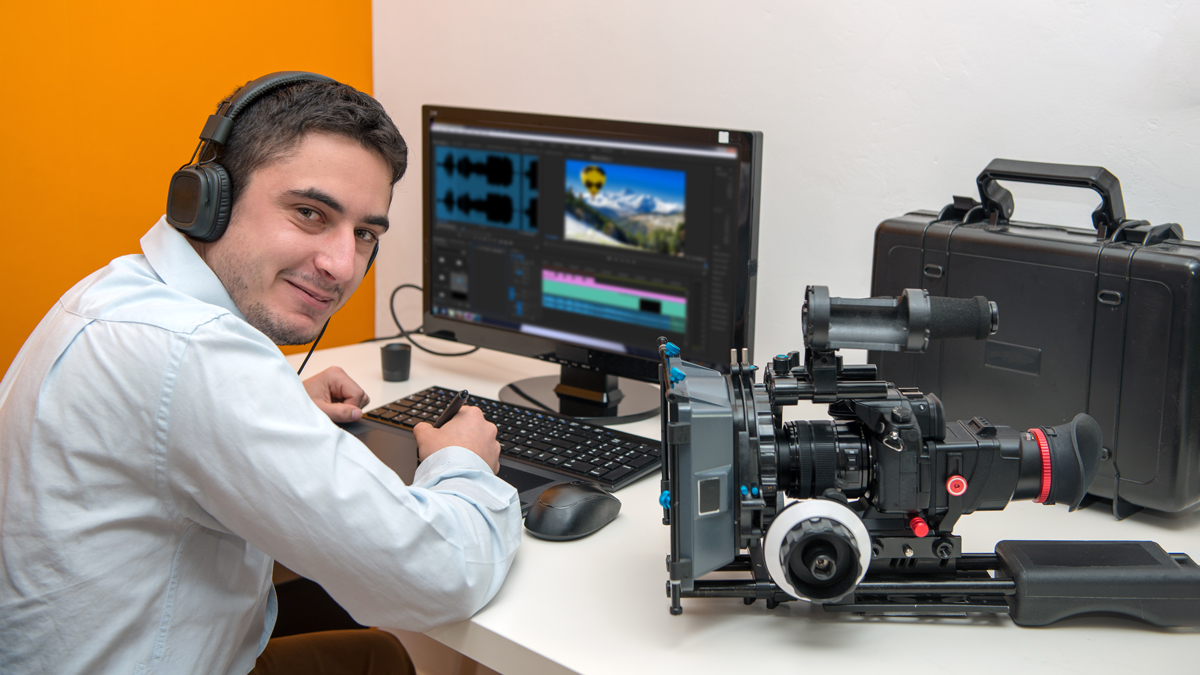
Today we are witnessing a Digital revolution wherein the technologies are changing at a rapid pace supplementing digital modernization. Due to this digital modernization, the software’s have become more feature-loaded and capable but somehow people haven’t coped up well and are still stuck with the old gen hardware.
Now, this poses a grave problem especially if you are in the domain of video editing or graphic designing because outdated hardware will pose a limiting factor in the form of inaccurate gamma correction, low resolution, limited connectivity options, poor viewing angles, etc. and will bring unnecessary constraints in your journey ahead.
If you are planning to delve into the realm of video and photo editing then it’s high time that you make a thorough assessment of the hardware that you are currently possessed with. Out of all the hardware, the color grading monitors have a major role to play mainly because whatever you produce will be displayed on it and so upgrading it becomes even more relevant. When buying color grading monitors these are the following factors that you should consider:
1. Budget
Getting the best bang for your bucks should be your strategy because what is available to you totally depends on the budget that you have. Make a priority list of all the necessary features that you feel will get the job done for you and then look for the product accordingly. Don’t fall into the bandwagon of buying a monitor with features that you don’t actually need.
2. Display Panel
How accurately you view your content based on the color spectrum used totally depends on the display panel that your monitor has. When considering a display panel for photo or video editing, Twisted Nematics (TA) panel is a big no-no, mainly because it has poor viewing angles and as it’s a technology of the past the color reproduction is also very inaccurate making it highly unsuitable for editing.
The only panels to consider are IPS LCD panels because they offer rich vibrant colors, good contrast levels, and great viewing angles. They are also color accurate and you can get the best from them through some calibration.
3. Colour Spectrum
The next thing to consider is the color spectrum your monitor has because suppose you want to view an illustration that was made on Adobe RGB color space but your monitor only supports sRGB spectrum.
In this case, the illustration that you are viewing will not be color correct because the monitor will not be able to display all the colors due to its limited spectrum. So it is best to buy a monitor with Adobe RGB spectrum which is considered the best in the industry.
4. Screen Resolution
While editing, the native resolution of the monitor really matters because higher resolution means that you will be able to fit more pixels in lesser space which will make the content look more crisp and sharp. Also more content will be able to fit on the screen at the same time.
The other thing to consider is the aspect ratio, a 16:10 ratio will really help you in your editing needs as it will provide you with more vertical space wherein you can view multiple contents on the screen at the same time. As per today’s needs, a resolution of 4K is what you should be going for along with the 16:10 aspect ratio.
5. Connectivity options
A good color grading monitor should provide you with a plethora of connectivity options because you might have to connect various devices like graphic tablets, stylus, external HDDs, and SSDs. Surplus HDMI and DVI ports can also come in handy. So before buying ensure that the monitor fulfills all your connectivity requirements.
6. LUT Factor
A lookup table is an important factor that measures the signal that comes from the CPU. Based on the signal received it displays them as output. If you have a simple LCD monitor then it will use a LUT table with 8 bits of RGB whereas higher-end monitors use a LUT table with 10-12 bits of RGB. A higher LUT means that the monitor’s output will have better color accuracy and the transition of colors will also be smooth.
7. Refresh Rates
When buying color grading monitors input lag is something to consider. Input lag means how much time the monitor will take to display the action that you performed. A higher refresh rate means that the input lag will be minimum which will make the process of designing smooth and lag-free and that’s the reason you should consider buying a monitor with higher refresh rates.
Conclusion
Today the pace at which technology is changing is bewildering and so if you want to be competitive in your domain it becomes extremely important to work with the best tools that are available so that you can be more productive with the available resources.
For this, the technology should always come to your aid and you should upgrade accordingly. Based on the above recommendations you’ll be able to choose a color grading monitor that best suits your needs and can supplement the work that you do.




